Editors’ Picks




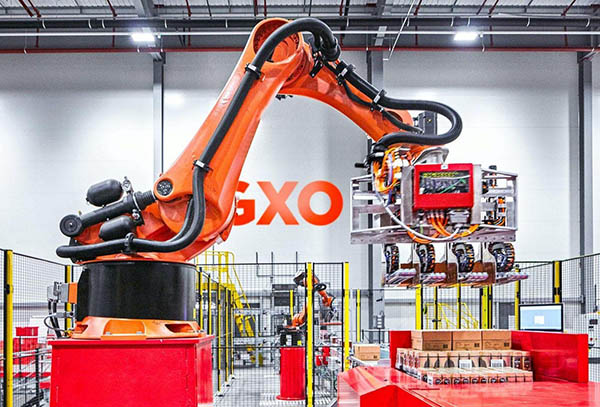
Found in Robotics News & Content, with a score of 0.31
…need for efficiency has never been greater, as the COVID-19 pandemic continues and retailers deal with back-to-school sales and the approaching holiday season, according to GXO Logistics. “When we talk about warehouse automation, it's clearly an ecosystem,” explained Sandeep Sakharkar, chief information officer at GXO Logistics. “We've evaluated automation across the board—not just robotic movement and picking devices like robot arms or devices for induction into totes. We're also seeing small pick improvements because of computer vision.” GXO Logistics focuses on contract logistics and transportation services worldwide. The Greenwich, Conn.-based company has 869 warehouse locations and about 94,000 employees in…
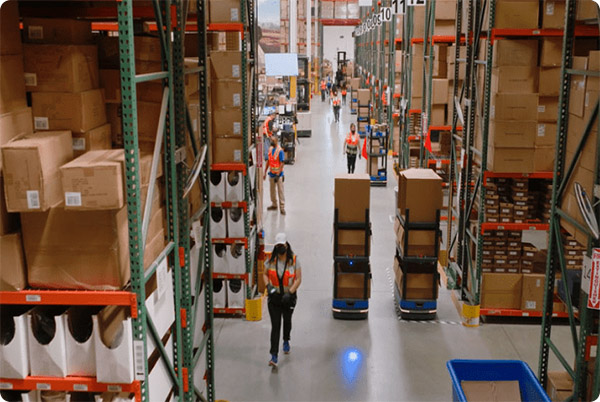
Found in Robotics News & Content, with a score of 0.31
…reduced their workforces, as e-commerce growth slowed because the COVID-19 pandemic abated. Examples included Seegrid and IAM Robotics. In January, 6RS announced integrated offerings with Soft Robotics, Fast Lane and Packout. Source: 6 River Systems Experts react to 6 River Systems news Robotics 24/7 asked the following experts about their thoughts on 6 River Systems changing hands and trends in the wider mobile robotics market. Fady Saad, general partner, Cybernetix Ventures Ash Sharma, managing director, Interact Analysis Oliver Mitchell, partner, ff Venture Capital Did this come as a surprise to you? If not, why not? Saad: In a sense, yes,…
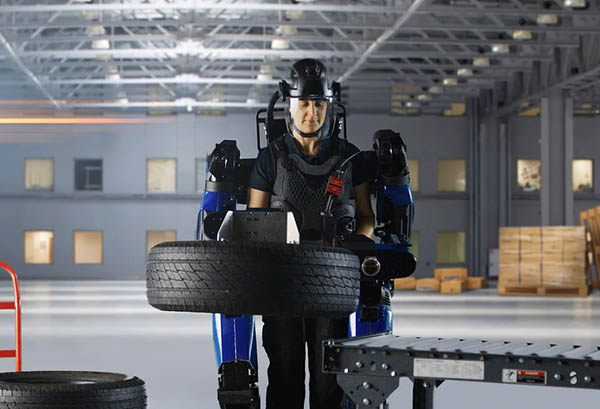
Found in Robotics News & Content, with a score of 0.31
…been challenged more than ever. The first year of COVID-19 was far less challenging. People were more interested in moving. Now, people have been hunkering down with the Delta variant, so hiring is still a big challenge. The robotics industry is also dealing with supply chain challenges. If you ask me what keeps me up at night, it's these two things—staffing and supply chains. Sarcos has provided systems to the U.S. Department of Defense (DoD). How much military adoption do you expect in comparison with industrial? Wolff: The 40,000 units we assume to be entirely private and commercial, with half…
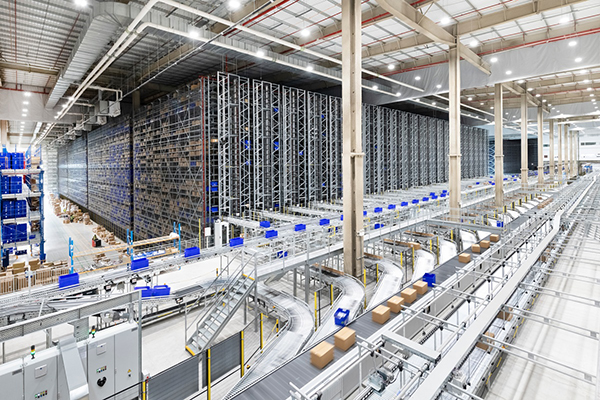
Found in Robotics News & Content, with a score of 0.31
…years [including] labor shortages, Shanghai shut down because of COVID-19, and the Ukraine conflict,” Shaver said. “How can we leverage our supply chain knowhow and Google's AI/ML capabilities to make the complex simple for customers?” He also cited environmental sustainability as a benefit of Dematic's partnership with Google Cloud. “Taking waste out of the supply chain has been gaining steam, but Europe has been ahead of the U.S.,” noted Shaver. “What do we want to be able to do five years from now? Taking 10% of trucks off the road would be a good starting point. Looking across the ecosystem…
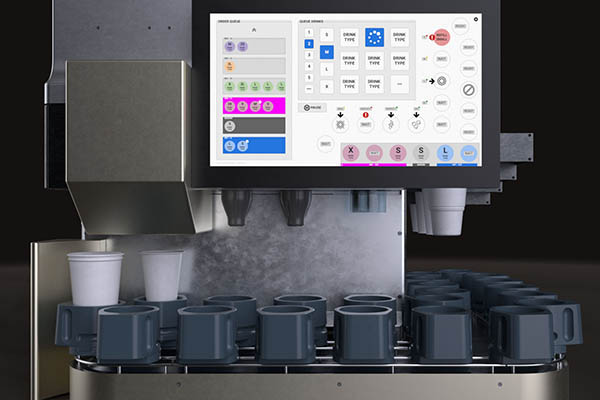
Found in Robotics News & Content, with a score of 0.31
…quick-service restaurants (QSRs) came from drive-thru lanes before the COVID-19 pandemic, some chains reportedly experienced a jump to as high as 90%. However, volume increases and staff decreases have slowed total average drive-thru times by 29.8 seconds last year, noted Miso. Miso Robotics has offered its Flippy frying and food-preparation robot and the CookRight vision-based monitoring system through software-as-a-service (SaaS) and robotics-as-a-service (RaaS) models. The Pasadena, Calif.-based company said it has seen how other “back-of-house” tasks can benefit from artificial intelligence and robotics. Miso and San Antonio, Texas-based Lancer Worldwide said they saw a need for beverage automation to improve…

Found in Robotics News & Content, with a score of 0.30
…operating costs (OpEx). This year, with the toll of COVID-19 on global business, more companies than ever before are gravitating towards a pay-per-use model with no hefty upfront financial commitments. As companies’ revenues decline, this is going to become a permanent trend. We’ve seen startups switch from a software licensing business to a full-service business and adopting RaaS to be more responsive to customers’ needs. We expect more startups to follow the same path. A Cambrian explosion in robotics is coming Widespread automation is inevitable — it is only a matter of time. Labor shortages and more recently the pandemic…

Found in Robotics News & Content, with a score of 0.30
Despite lingering effects of the COVID-19 pandemic, economic constraints, and geopolitical conflict, global adoption of robotics is continuing to grow. The new World Robotics 2023 Industrial Robots and Service Robots report said that 553,052 industrial robots were installed in factories around the world in 2022 – a year-over-year growth rate of 5%. By region, 73% of all newly deployed robots were installed in Asia, 15% in Europe, and 10% in the Americas, according to the International Federation of Robotics (IFR). “The world record of 500,000 units was exceeded for the second year in succession,” stated Marina Bill, president of the…
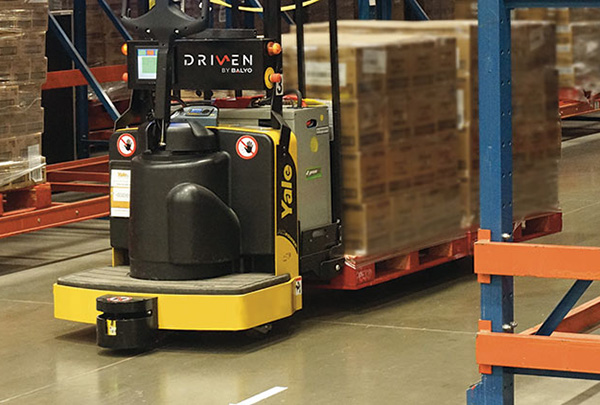
Found in Robotics News & Content, with a score of 0.30
…take off, right now might be it. With the COVID-19 pandemic accelerating e-commerce demand for many types of goods, factories and fulfillment centers need to move a high volume of pallets to keep stores stocked and e-commerce order-picking systems or manual pick locations topped off with goods. Vendors say that return on investment (ROI) in two years or less is possible for automated lift trucks, but some complexities are involved, like knowing how to phase them into an operation and identifying automated or semi-automated applications that make the most sense. Robots as a share of lift-truck sales While the COVID-19…
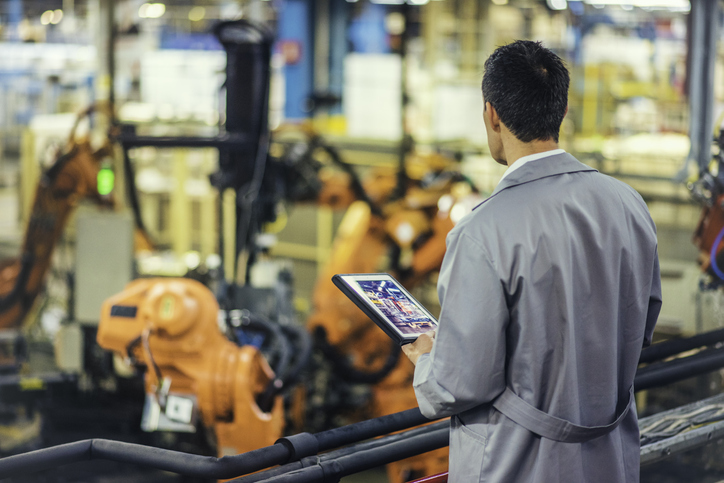
Found in Robotics News & Content, with a score of 0.30
…FFEL says. Source: First Financial Equipment Leasing With the COVID-19 pandemic accelerating e-commerce demand, what automation trends have you seen? Sanborne: A lot of companies are automating existing manual processes, from individual machines to re-engineered distribution centers [DCs]. We've helped some customers go from fully manual, wide aisles with fork trucks to much more automated systems and dense DCs. The integrator can show the cost of moving a case, as well as the monthly and annual totals. If you put in automation, it can bring the cost down. If you lease the equipment, the day you start operating it, money…
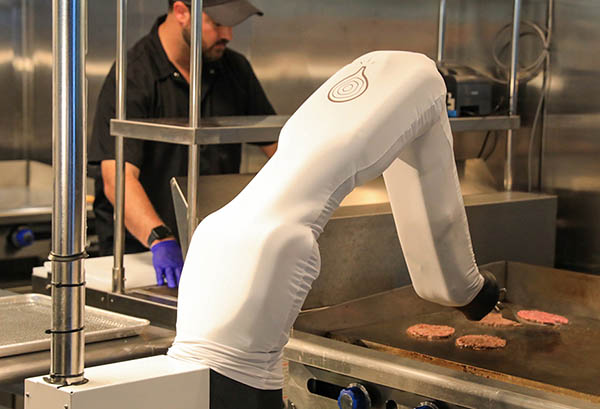
Found in Robotics News & Content, with a score of 0.30
In 2021, the ongoing COVID-19 pandemic aggravated labor shortages, increased the demand for social distancing, and changed consumer behavior. The restaurant industry was particularly hard hit, and several robotics developers rose to address these challenges. This past year, Miso Robotics Inc. announced partnerships with major chains, announced its Flippy 2 system, and closed on its latest equity crowdfunding round. The Pasadena, Calif.-based company has worked with White Castle and Inspire Brands, the owner of Buffalo Wild Wings, to test its Flippy frying robots. Miso also collaborated with Lancer Worldwide on an automated beverage dispenser for quick-serve restaurants (QSRs). Last month,…
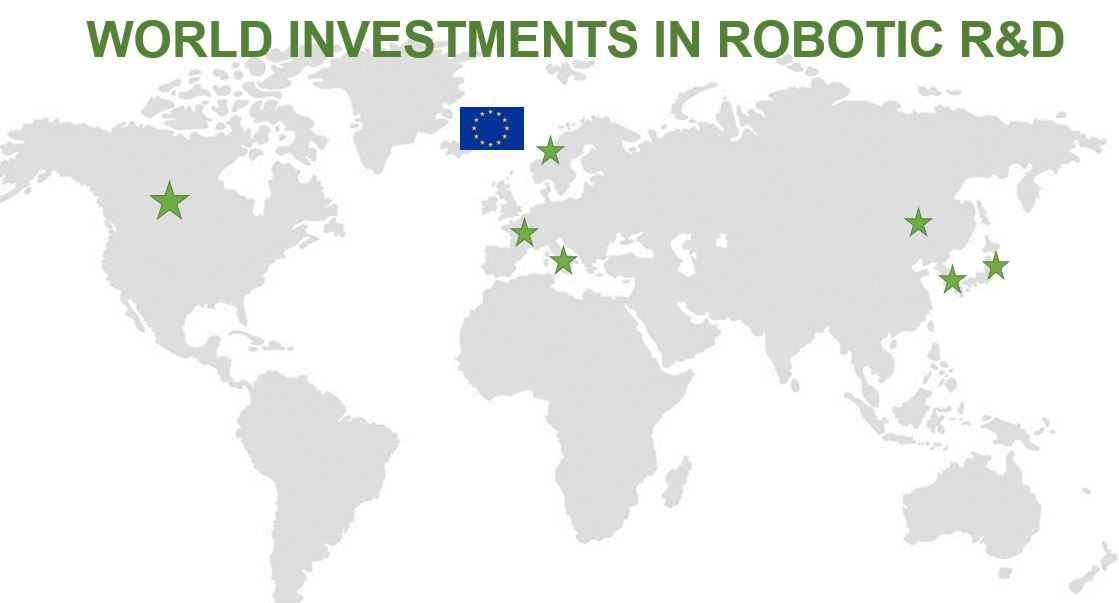
Found in Robotics News & Content, with a score of 0.30
…strategy as their economies begin to recover from the COVID-19 pandemic. However, their strategies also reflect different priorities, as countries seek to lead different aspects of innovation or commercialization. The Frankfurt, Germany-based organization revised the “World Robotics R&D Programs” report from last year's edition. “The first version of 'World Robotics R&D Programs' was introduced in June last year,” stated Prof. Dr. Jong-Oh Park, vice chairman of the IFR Research Committee and a member of its executive board. “Since then, dozens of countries have updated their robotics R&D programs. The five most advanced robotics countries, South Korea, Japan, Germany, [the] USA,…

Found in Robotics News & Content, with a score of 0.30
…often pause before putting it into production. During the COVID-19 pandemic, we believe a lot of companies bought what they could because of supply chain challenges, knowing they might not need it right away. Another factor was that a lot of non-automotive customers are pretty new to robotics. They're figuring out how to successfully apply automation and get ROI [returns on investment]. It may take them a while to implement robotics, but as they get more comfortable, they'll eventually purchase more. Speaking of non-automotive robot usage, do you expect that to continue growing as a portion of total sales? Burnstein:…



